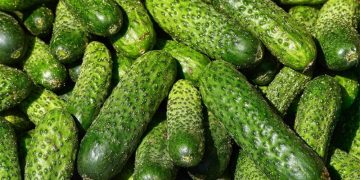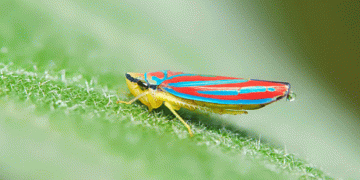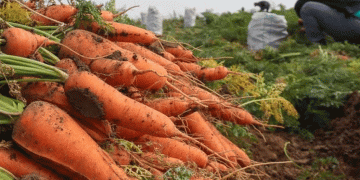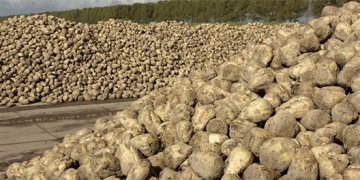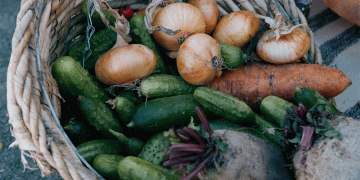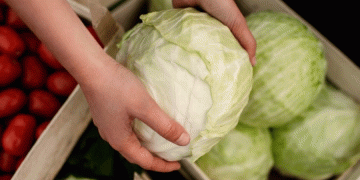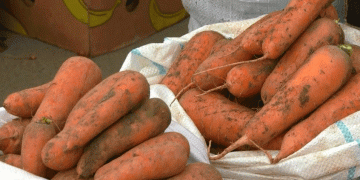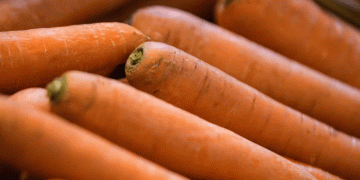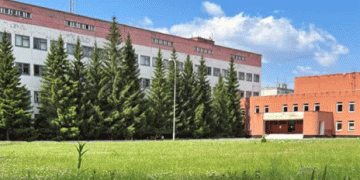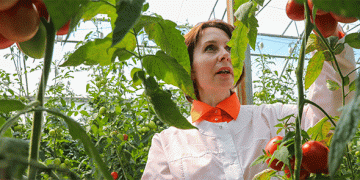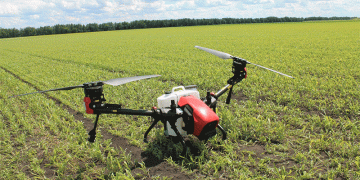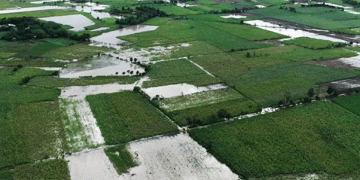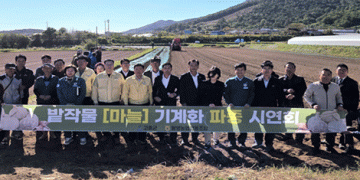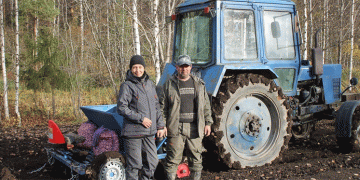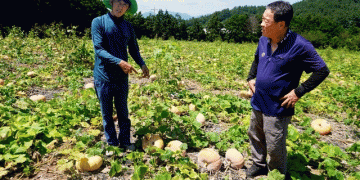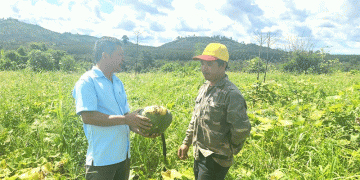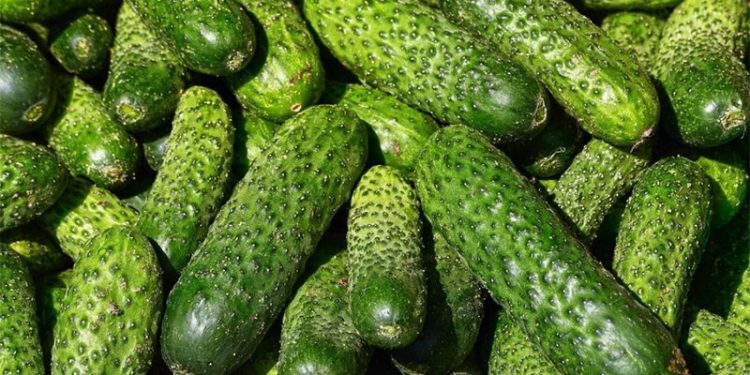Successful vegetable production depends on multiple factors—climate, soil health, and most importantly, seed quality and variety selection. With increasing climate volatility and pest pressures, farmers and agronomists need robust, high-performing varieties that deliver consistent yields.
Recent studies highlight the growing importance of disease-resistant and climate-adaptable crops:
- Fusarium resistance in radishes (like Annabel F1) reduces crop losses by up to 30% (FAO, 2023).
- Parthenocarpic zucchini varieties (e.g., Kimber F1) ensure reliable fruit set even under suboptimal pollination conditions, boosting early-season yields by 20-25% (Journal of Horticultural Science, 2024).
- Downy mildew-tolerant basil (Fortilargero® and Fortifino®) can reduce fungicide applications by 50%, lowering production costs (European Plant Science Review, 2023).
VOLTZ Maraîchage’s Top 15 Organic Varieties – Performance Breakdown
- KÜRBIS BETTY BLUE F1 – Exceptional shelf life (6+ months), ideal for winter markets.
- BUTTERNUT TIVANO F1 – Uniform fruit size enhances packaging efficiency, increasing marketability.
- ZUCCHINI TIZIANO F1 – Multiple virus resistances (CMV, ZYMV, WMV) reduce crop failure risks.
- BASILIKUM FORTILARGERO® – Late-flowering trait extends harvest window by 2-3 weeks.
- RADIESCHEN ANNABEL F1 – Fusarium resistance (FOC 2) improves summer yield stability.
Why These Varieties Stand Out
- Higher ROI: Disease-resistant varieties like Diamant F1 (cucumber) reduce input costs while maintaining yield.
- Extended Growing Windows: Cold-tolerant Caravaggio F1 (zucchini) allows for earlier planting in unheated tunnels.
- Market Preferences: Consistent shape and color (e.g., Damast spring onion) meet buyer demands for uniformity.
Future-Proof Your Farm with Resilient Varieties
Selecting the right seeds is a strategic investment—VOLTZ Maraîchage’s 15 organic varieties offer proven resistance, higher yields, and better marketability, backed by the latest agronomic research. By integrating these high-performance cultivars, farmers can mitigate climate risks, reduce chemical inputs, and maximize profitability in an increasingly competitive market.
